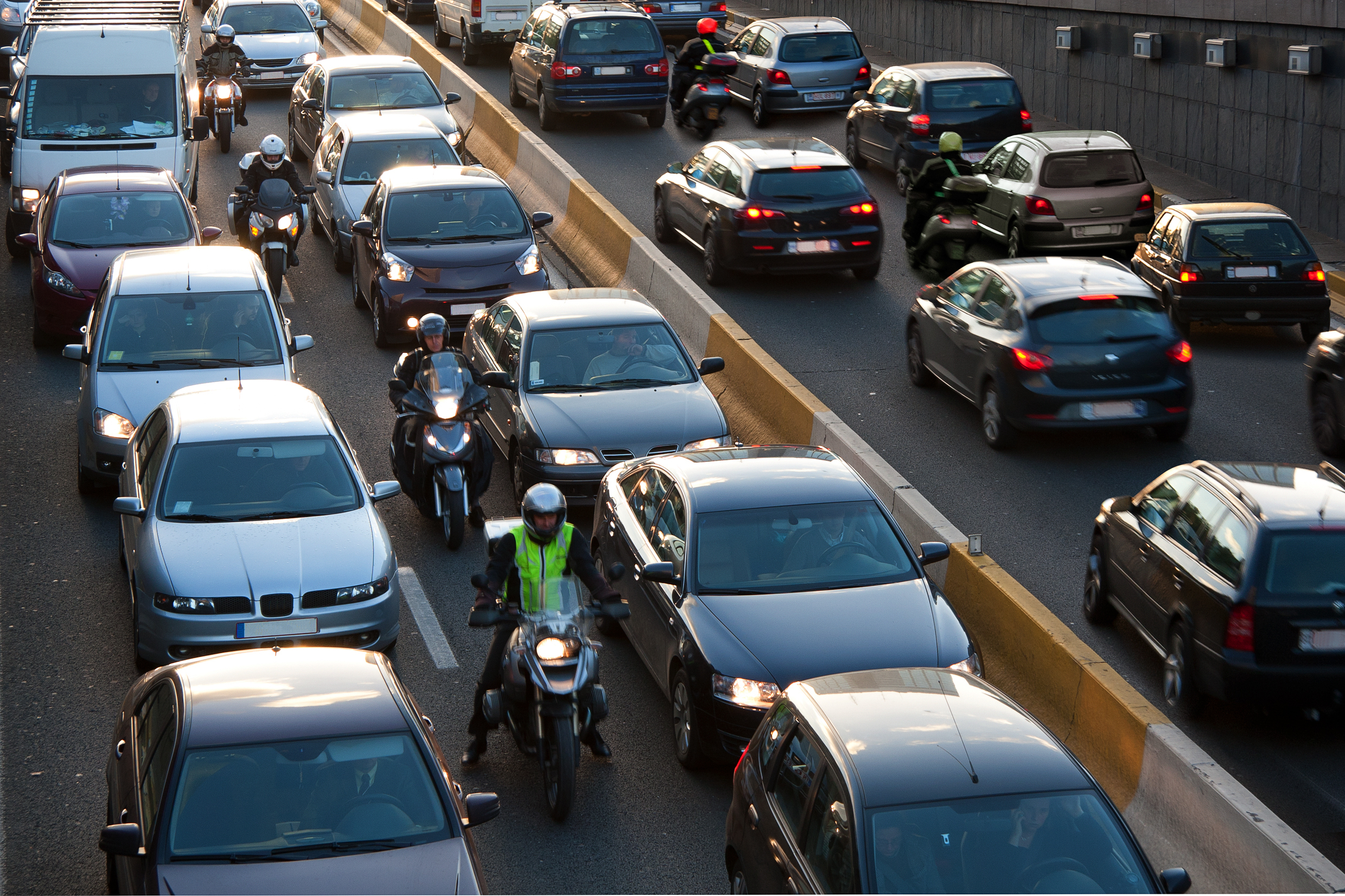Improving Traffic Conditions in Lahore, Pakistan, with Huawei’s ITMS
Located in South Asia and surrounded by the Arabian Sea, India, and China, Pakistan possesses an ancient and distinctive culture. In Southeast Pakistan, the Punjab is the most populous state in the country with the largest and fastest growing economy. Lahore, the capital city of the state, is the second largest city in Pakistan with a population of 11.1 million and a total area of 1772 km². Known as the "Heart of Pakistan" because of its 2000 year history, Lahore is also the cultural and artistic center of the country. Recently, urbanization — accelerated by rapid economic growth — has led to massive migration to the city, which has resulted in major public order issues and traffic congestion.

Rapid economic development, accelerated urbanization, high levels of migration: maintaining Lahore’s social security was becoming increasingly hard. Traffic was chaotic and congested: alongside cars, tricycles, and motorcycles clogging roads, traditional ox- and horse-drawn carriages remained a common means of transport. In these unique traffic conditions, there were significant hurdles to constructing an Intelligent Traffic Management solution (ITMS).
The existing traffic light system was outdated and ineffective. There were no clear boundaries between vehicles, motorcycles, and pedestrians. With vehicles not driving in lanes, taking snapshots was hard. In addition, the size of license plates was unregulated, with font sizes small, sometimes just one third the size of characters used on Chinese license plates. And the proportion of motorcycles was also high, constituting 64.8% of all traffic, with license plate recognition for motorcycles especially difficult.

To tackle Lahore's burgeoning traffic problem, Huawei helped the city develop a new ITMS consisting of more than 900 sets of e-Police facilities, 200 traffic checkpoints, and more than 100 traffic signal sites, with a signal control system and more than 70 traffic guidance screens.
Huawei’s FusionInsight big data platform and AI-based license plate recognition algorithm were deployed to solve the problems posed by unstandardized license plates. Through months of algorithm training, the recognition rate for license plates met the city’s stringent requirements. In addition, Lahore was provided with the world's very first commercial motorcycle recognition system.
Before, Lahore had up to 15 million vehicles, including motorcycles, passing through its checkpoints every day. Yet the query speed of the legacy system, based on an Oracle database, was slow. With Huawei’s new system now live, a dramatic shift in efficiency is evident: while the daily number of vehicles passing through the system has increased to more than 50 million, Huawei's big data platform has managed to slash response times for universal query to under one second.
Within one year of Huawei’s ITMS deployment, the results were clear to all on the streets. The system generated more than 60 million traffic violation records and issued more than 130,000 electronic tickets. The number of red-light running incidents decreased by 66%. The number of traffic accidents fell by 83%. And road congestion is, today, substantially reduced.